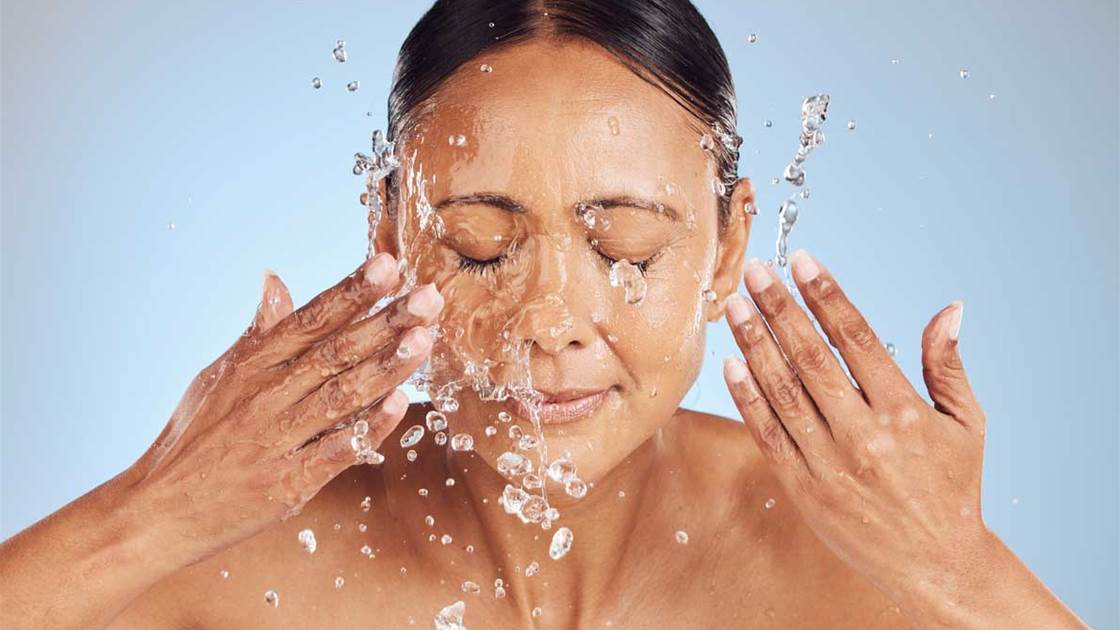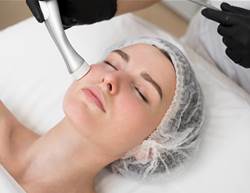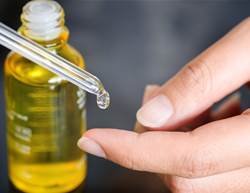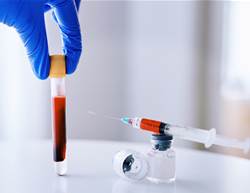As we hit our 40s, you may start to notice some of the typical signs of ageing, such as loss of volume and elasticity, lines and wrinkles, but our skin can also experience other less talked about changes.
Skinstitut dermatologist Zoe Devine shares some of the more common problems that occur during and after menopause and how you can give them the flick.

Dry skin
Our skin will decrease in oil content as we age, producing a dryer complexion. This is as a result of declining hormones, most notably oestrogen. As the skin becomes lipid-dry it can also exacerbate the appearance of fine lines or expression lines while giving rise to other skin challenges. As our hormone levels decline, the skin naturally produces less oil, creating a drier, more lacklustre complexion. So our need for nourishment and rejuvenation increases.

Rosacea
While not the case for all, statistics show the highest incidence of rosacea is seen amongst Caucasian females 30–50, especially 40 and over. Women that are fair haired and blue eyed tend to experience rosacea in the highest numbers. It’s believed this is an inherited genetic predisposition, though lifestyle factors (such as alcohol, diet and stress may exacerbate the signs and symptoms).
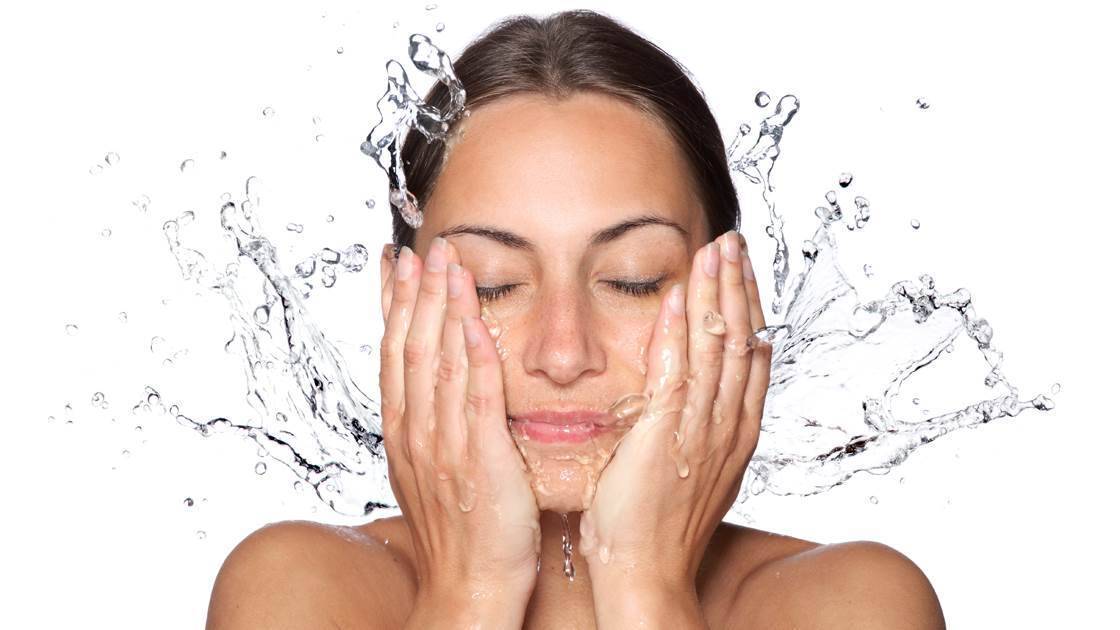
Dehydration
Interestingly the water content within our skin also reduces with age, exacerbating the effects of the natural ageing process. To maintain a smooth, radiant and youthful skin tone focusing on hydration (replenishing the moisture) within the skin is paramount. The hydration status of the skin is dependent upon the level of a key molecule, hyaluronic acid (HA) within the epidermis and dermis; in fact hyaluronic acid has the ability to hold up to 1000 times its own weight in water. However, as we age, the HA content within our epidermis will decline resulting in wrinkling, reduced elasticity and decreasing support for micro-vessels, all of which contribute to the effects of visible skin ageing.
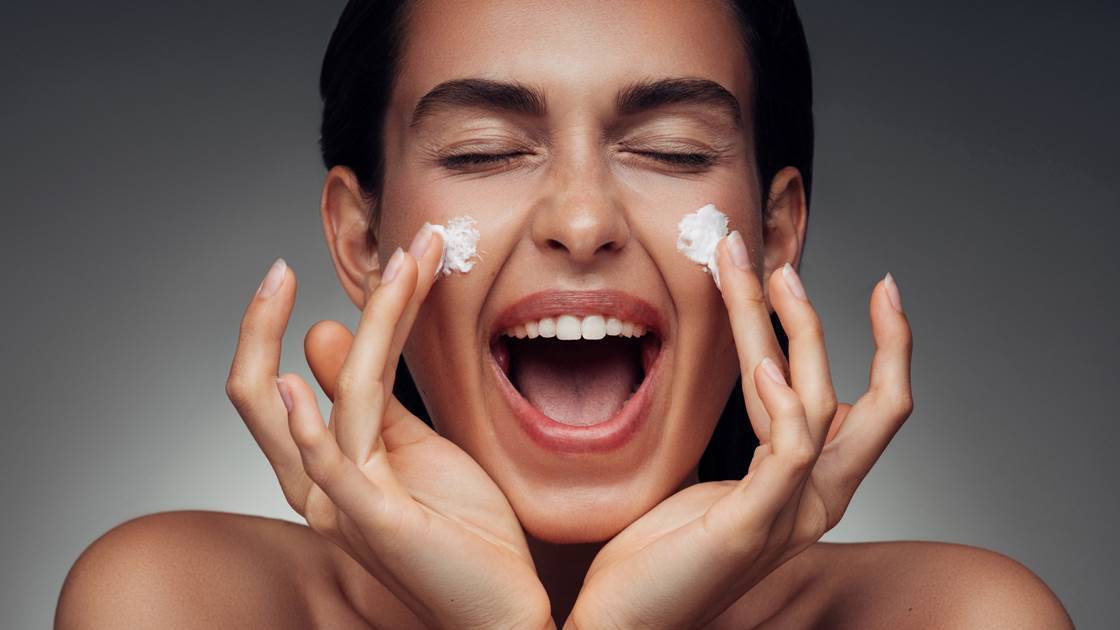
Sensitised skin
This can arise due to the declining oil/lipid content within the skin. Lipids contribute to the skins natural barrier function so when oil production slows, it is possible to develop an impaired barrier function resulting in skin sensitivity and easily irritated or itchy skin. This can also mean that skin products that were once suitable are not functioning as well as they used to.

Sun spots
These are often seen as the larger brown spots around the side of the face and also on the hands. They are caused by sun exposure and function as a disordered freckle (the difference being the suspot will not lighten/darken with more or less sun exposure.

Vascularity
Visible capillaries and broken capillaries become more prominent as we reach 40 years and beyond. This is partly due to UV damage and also to the natural decrease in collagen, which provides a supportive framework in the skin.
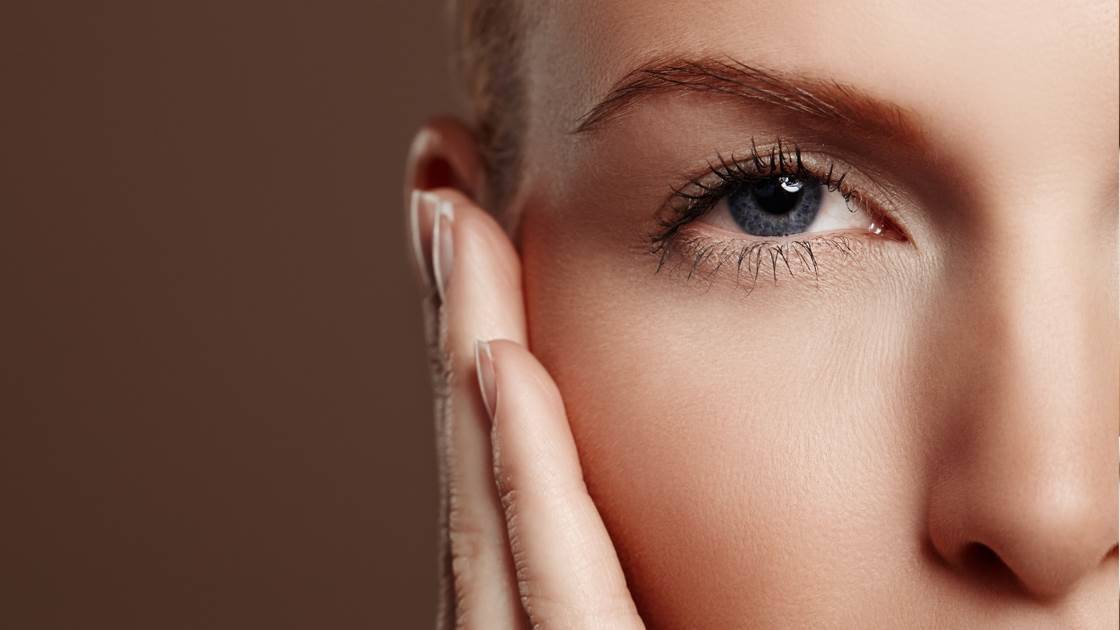
Here’s how to reduce symptoms
The easiest way to maintain a youthful glow is to protect your collagen supply. To do this we want to avoid excess UV exposure (from the sun) and harmful free radicals, as these are the most detrimental factors to our healthy collagen supply and lead to premature ageing.
A few small tweaks to your diet will also pay off in the long run. Eat lots of antioxidant-rich colourful vegetables and fruits (include some raw for enzyme activity) as well as nuts and seeds.
Adjusting your skincare regimen will likely be required if you are seeing changes in your skin. Invest in a ‘treatment cleanser’ that uses Lactic acid to gently exfoliate for a brighter more luminous complexion or use an advanced anti-ageing moisturiser. Look for something that offers intense hydration and uses technology like biomimetic peptides to facilitate skin firmness and elasticity.
